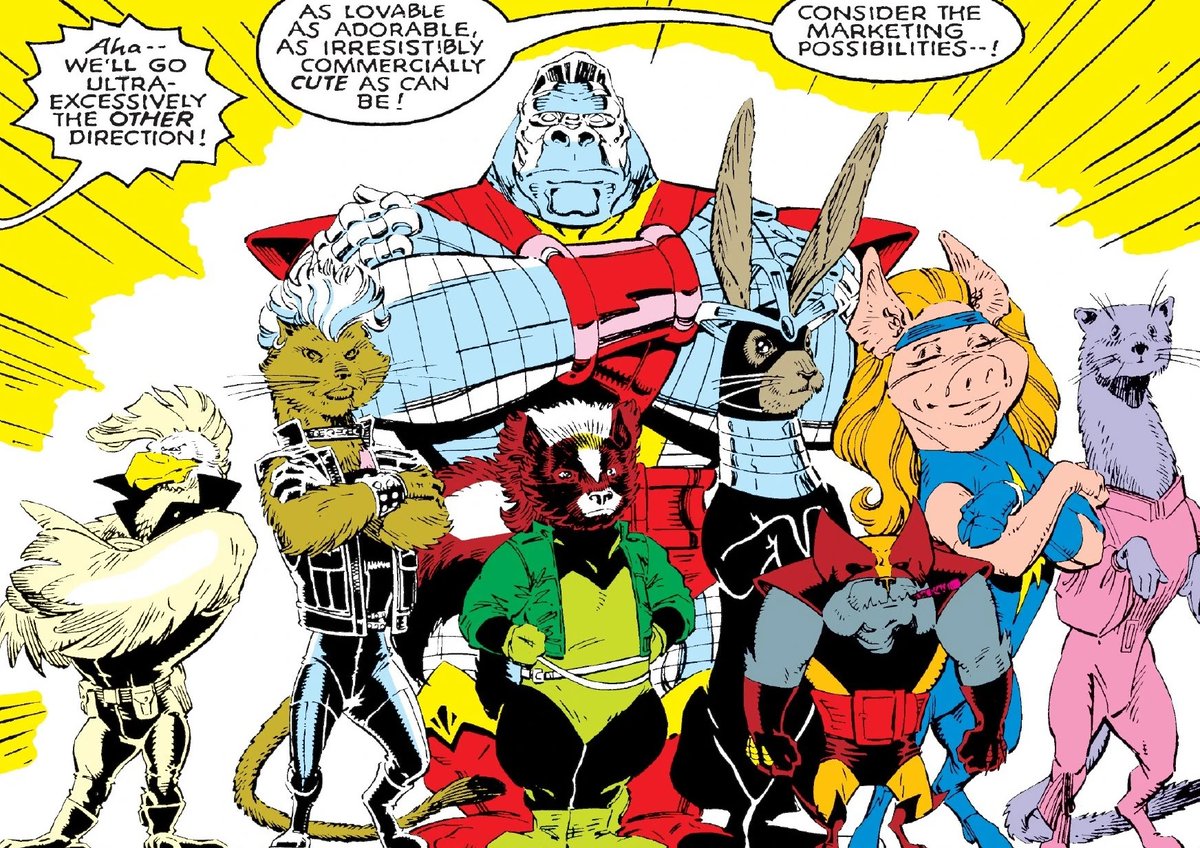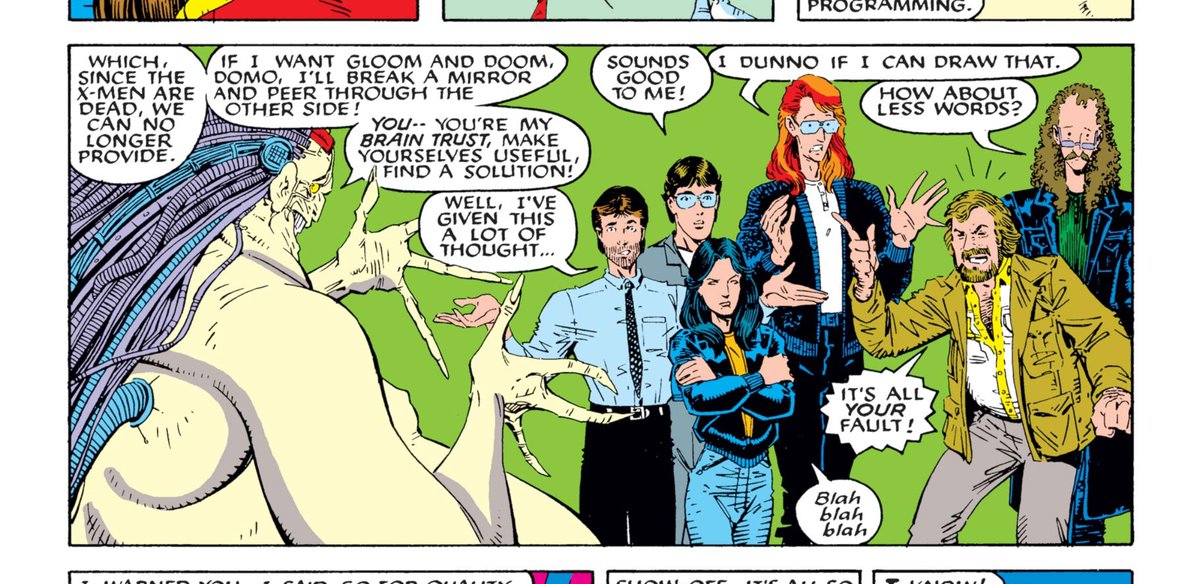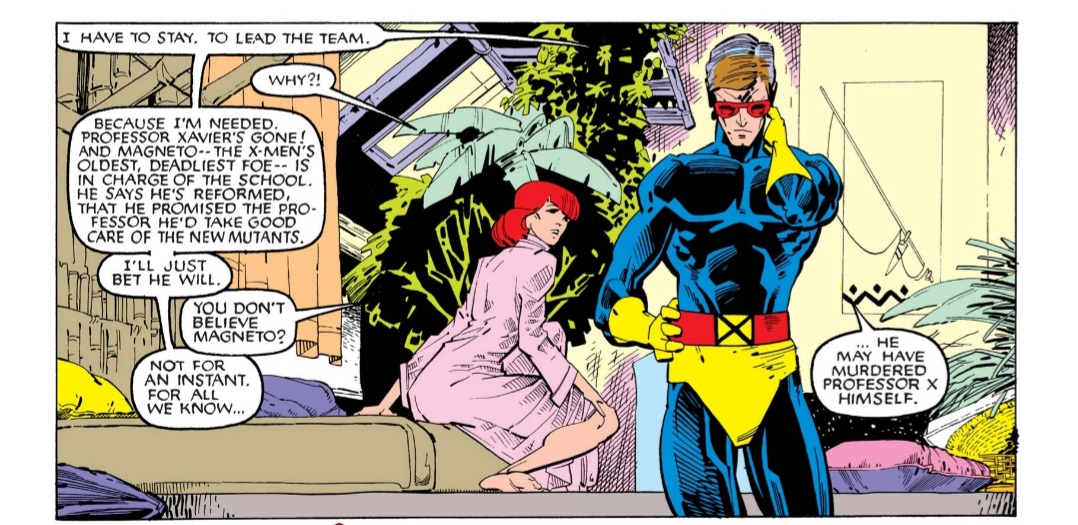
In an interview with CBR, New Mutants artists Bill Sienkiewicz describes the avant-garde approach that he undertook during his legendary run on the title and the deeply polarizing effect that it had on the existing X-Men/New Mutants fanbase. #xmen #newmutants 1/5 
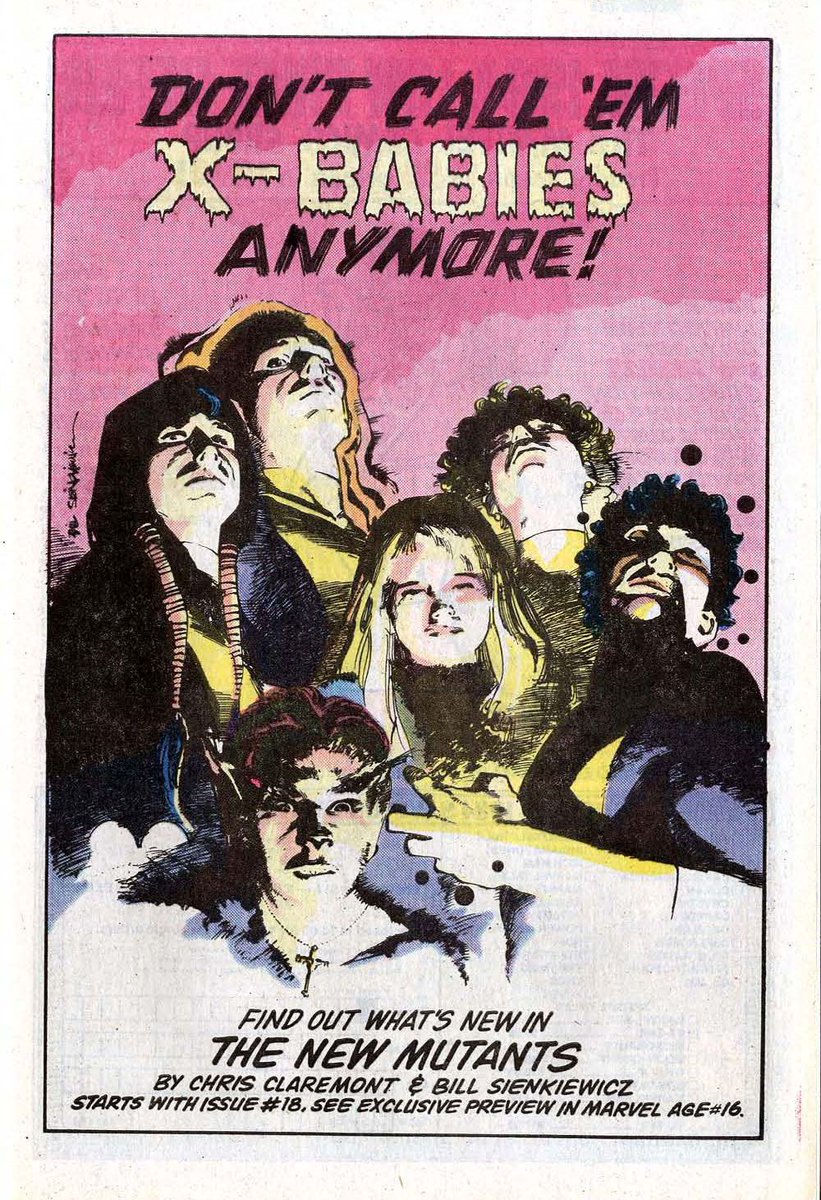
Beginning with “The Demon Bear Saga,” Sienkiewicz transitioned the New Mutants from house style to a kind of innovative, mixed-media, experimental artwork that was rarely ever seen in Marvel comics, and certainly not in a top-tier book. 2/5 
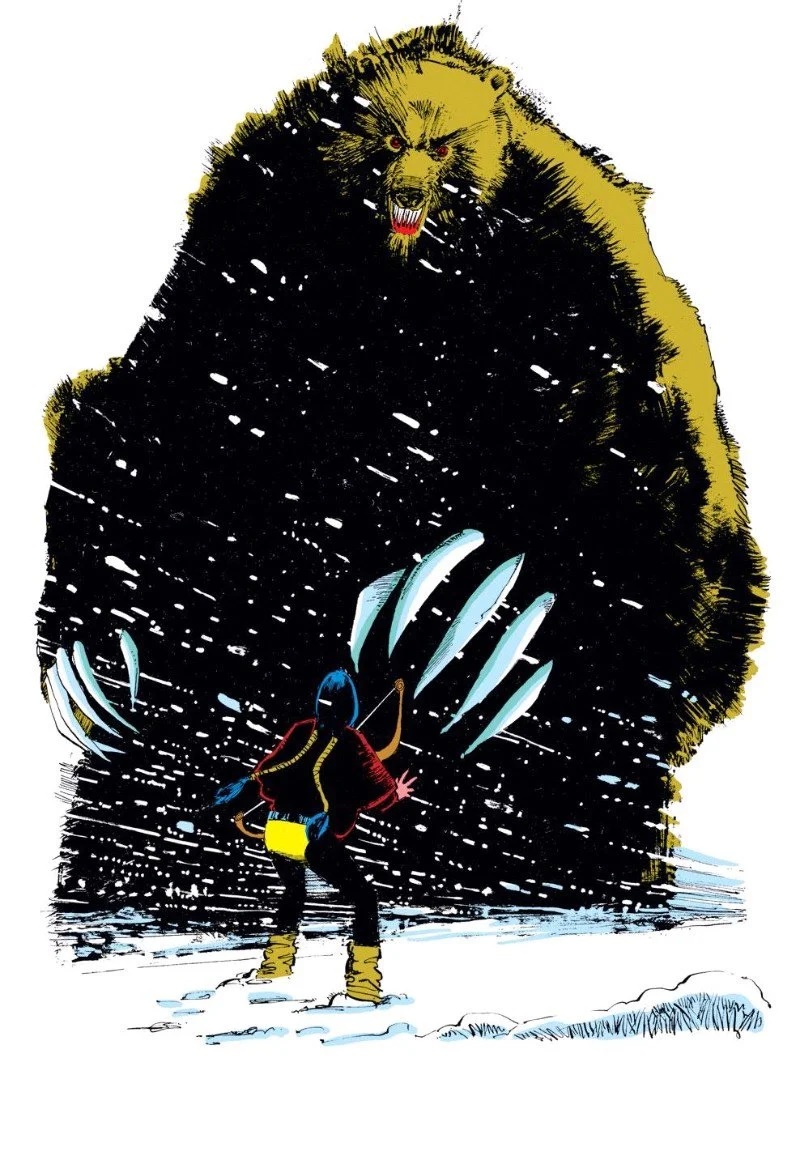
“The main thing is, I felt I could play around a lot. And that was a plus. We got letters. We probably lost as many people as we gained. We had some people writing in saying, "This is amazing, this is wonderful, it's really changed" to "Stop him, Jim, before he kills again." 3/5 
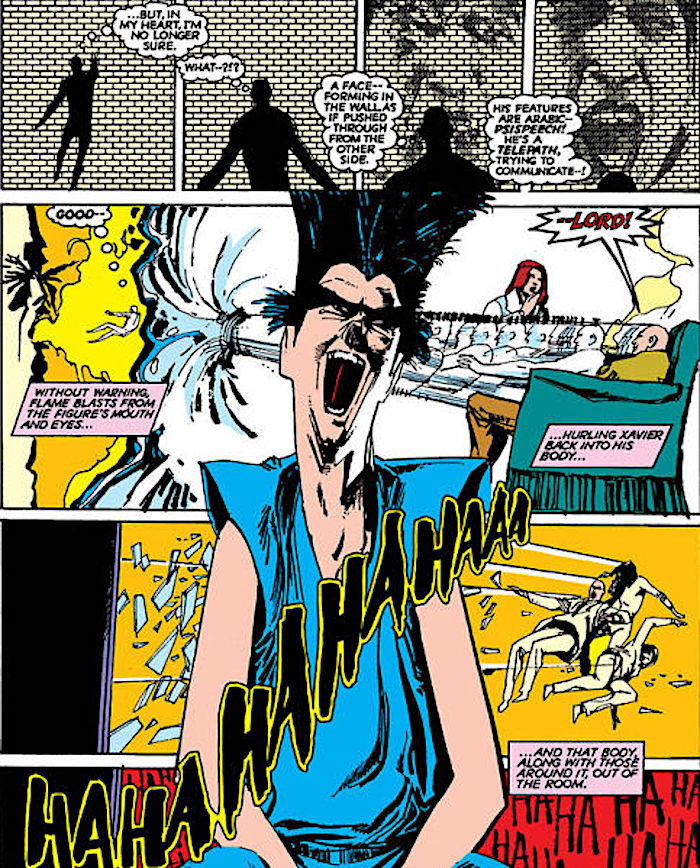
“The thing I liked about it, it wasn't apathetic. It was polarizing. I tended to appreciate that. My big bugaboo is not so much work that's half-bad as much as work that's half-good, which to me is ... safe. In society it's just rampant. It's endemic to who we are now.” 4/5 
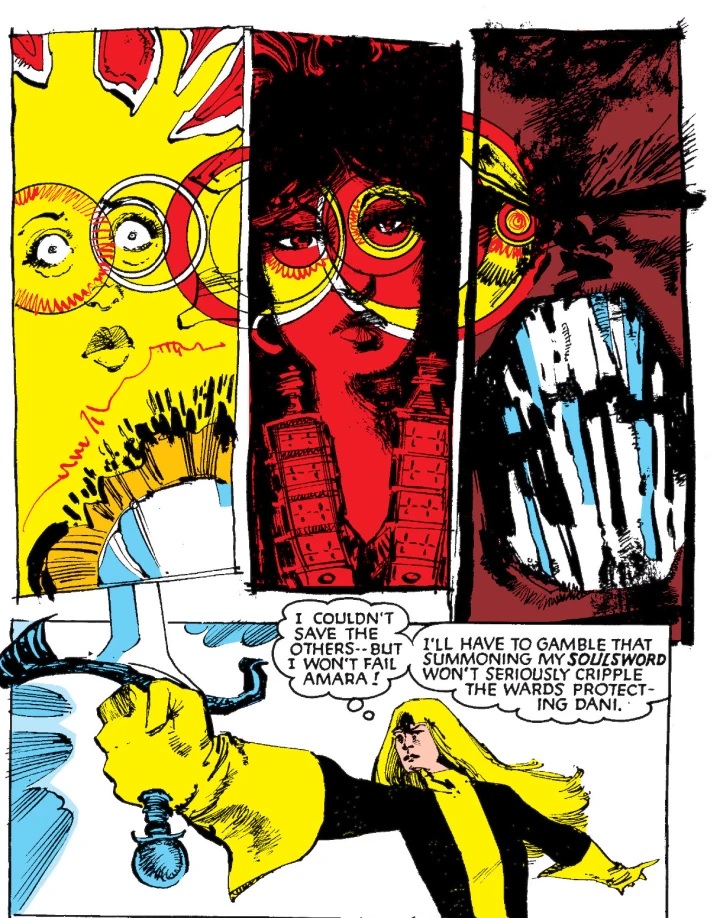
The results were buoying for the industry as a whole, but also for Claremont specifically who, empowered by Sienkiewicz’s genius, was able to lean hard away from the teen adventure serial, transitioning the book instead into surreal cosmic horror. 5/5 
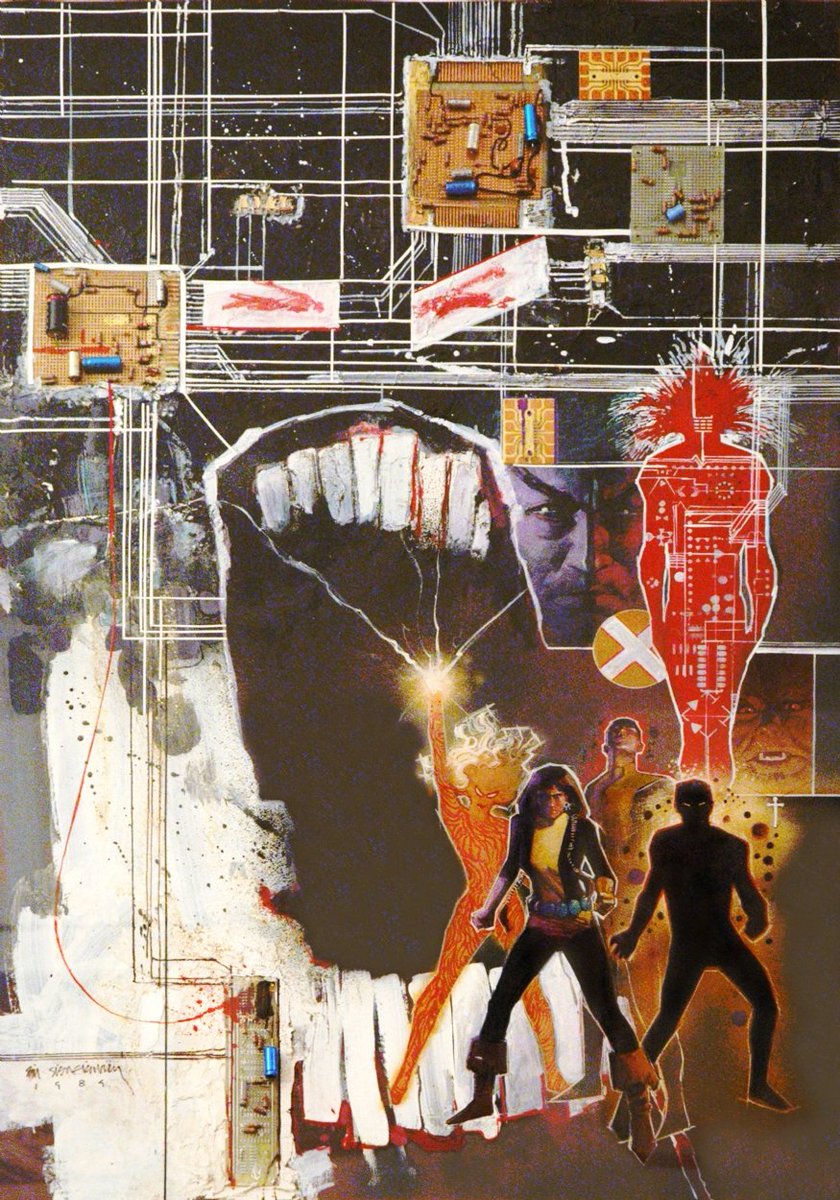
You can read the full interview here: cbr.com/bill-sienkiewi…
• • •
Missing some Tweet in this thread? You can try to
force a refresh



